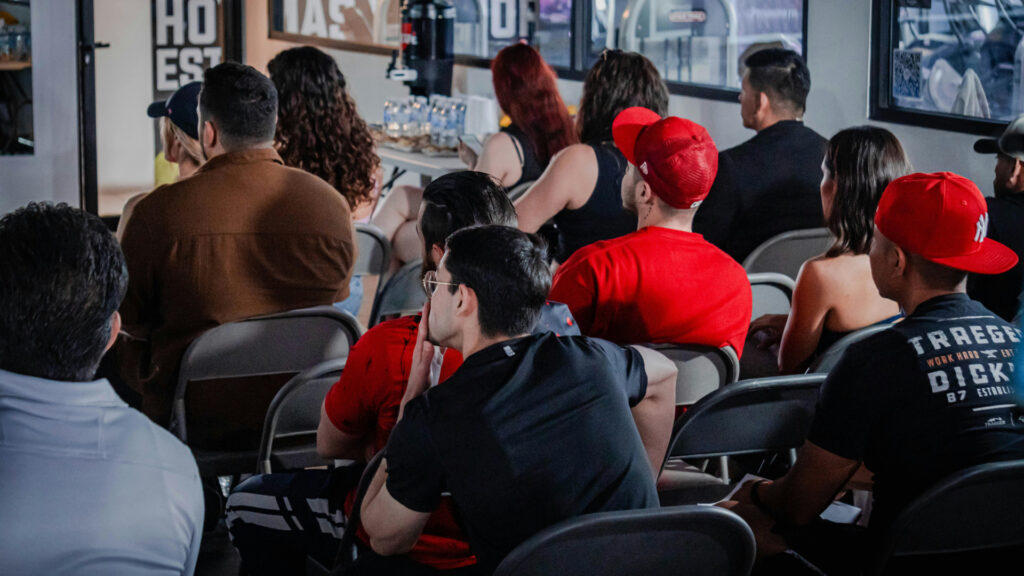In my twenty years of orchestrating events, I’ve witnessed firsthand the difference between a gathering where attendees are actively participating and buzzing with energy, and one where they’re passively observing, perhaps even glancing at their phones. The former leaves a lasting positive impact, achieves its objectives, and fosters a desire for more. The latter? Well, it risks being forgettable. “Attendee Engagement” is the lifeblood of a successful event. It’s about creating an environment where your audience is not just present, but actively involved, intellectually stimulated, and emotionally connected from the moment they arrive until the final farewell.
In today’s world, attention spans are shorter, and competition for people’s time is fierce. Simply delivering content, no matter how brilliant, is no longer enough. Attendees expect to be active participants in the experience, to have their voices heard, and to feel a sense of connection to the event and their fellow attendees. So, how do we, as event planners, keep our audience hooked from start to finish? It requires a multi-faceted approach that considers every touchpoint of the attendee journey.
Pre-Event Engagement: Building Anticipation and Connection
Engagement starts even before the event doors open. Building anticipation and fostering a sense of community early on can significantly impact how attendees participate during the event itself:
Interactive Registration Process: Make registration more than just filling out a form. Incorporate personalized welcome messages, polls about attendee interests, or even opportunities to connect with other registered attendees.
Pre-Event Content and Communication: Share valuable content related to the event topics through blog posts, articles, videos, or webinars. Use email marketing and social media to spark conversations, ask questions, and build excitement.
Attendee Introductions and Networking Opportunities: Utilize event apps or online forums to allow attendees to introduce themselves, share their expectations, and even schedule pre-event meetups.
Personalized Agendas and Recommendations: Empower attendees to customize their event experience by offering personalized agenda recommendations based on their interests and goals.
On-Site Engagement: Creating an Interactive and Immersive Experience
This is where the real magic happens. Keeping attendees engaged during the event requires a dynamic and interactive approach:
Varied Session Formats: Break away from the traditional lecture format. Incorporate panel discussions, Q&A sessions, interactive workshops, debates, case studies, and fireside chats to cater to different learning styles and encourage participation.
Live Polling and Q&A: Utilize audience response systems or event apps to conduct live polls, gather real-time feedback, and facilitate interactive Q&A sessions with speakers. This makes attendees feel heard and valued.
Gamification: Introduce game-like elements such as points, badges, leaderboards, and challenges to incentivize participation in various activities, from attending sessions to networking.
Interactive Technology: Leverage interactive displays, touchscreens, and AR/VR experiences to create engaging and memorable moments.
Networking Opportunities (as discussed in the previous article): Design intentional networking sessions that go beyond awkward mingling and facilitate meaningful connections.
Breaks and Downtime Designed for Interaction: Don’t just schedule breaks; design them. Create comfortable spaces with conversation starters, informal activities, or even themed refreshment areas that encourage attendees to connect.
Social Media Integration: Encourage attendees to share their experiences on social media using a dedicated event hashtag. Display a live social media feed to foster a sense of community and amplify the event’s reach.
Surprise and Delight Moments: Incorporate unexpected and delightful elements throughout the event, such as surprise guest appearances, interactive entertainment, or personalized touches that leave a lasting positive impression.
Attendee-Generated Content: Encourage attendees to contribute their own content, such as photos, videos, and insights, through designated platforms or social media challenges.
Well-Facilitated Sessions: Ensure that moderators and speakers are skilled at engaging the audience, asking thought-provoking questions, and managing discussions effectively.
Post-Event Engagement: Extending the Connection and Gathering Feedback
Engagement shouldn’t end when the event wraps up. Maintaining the connection and gathering valuable feedback is crucial for future success:
Post-Event Surveys and Feedback Mechanisms: Make it easy for attendees to provide feedback on their experience. Use surveys, polls, or open-ended questions to gather valuable insights for future planning.
Sharing Event Content and Resources: Provide attendees with access to session recordings, presentations, and other relevant materials. This extends the value of the event and allows them to revisit key takeaways.
Continuing the Conversation Online: Maintain the event’s online community through social media groups, forums, or dedicated platforms. Encourage attendees to continue discussions and share their learnings.
Personalized Follow-Up: Send personalized thank-you messages or follow-up emails based on attendees’ interests or participation during the event.
Exclusive Content or Offers for Attendees: Provide past attendees with exclusive access to future event information, early bird discounts, or bonus content to foster loyalty and encourage repeat attendance.
The Importance of Understanding Your Audience:
Ultimately, the most effective engagement strategies are those that are tailored to your specific audience. Understanding their motivations, preferences, and learning styles is paramount. Continuously gather feedback and adapt your engagement tactics based on what resonates best with your attendees.
In my experience, a highly engaged audience is a sign of a successful event. When attendees are actively participating, connecting with each other, and genuinely invested in the experience, they are more likely to achieve their goals, remember the key takeaways, and become advocates for your future events. By prioritizing attendee engagement from start to finish, you’re not just planning an event; you’re creating a dynamic and impactful experience that leaves a lasting impression.


